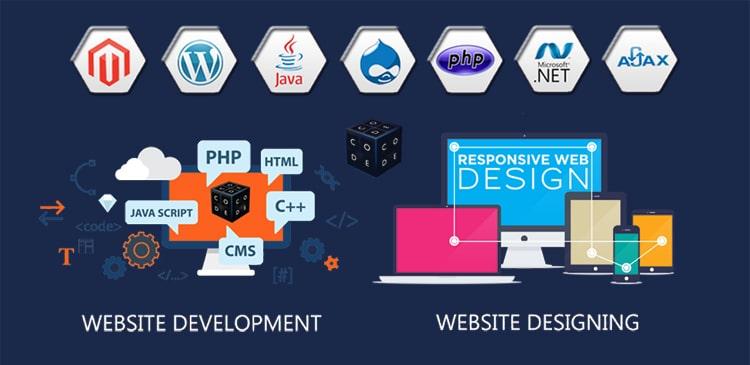ecommerce website design new york
wordpress development company nyc
The design of an ecommerce platform plays a pivotal role in shaping user experiences and driving conversions. In the digital era, where online shopping has become a norm, the significance of an intuitive, engaging, and efficient ecommerce design cannot be overstated. It serves as the digital storefront, enticing visitors to explore products and services while seamlessly guiding them through the purchase journey.
### Understanding User-Centric Design
At the heart of successful ecommerce design lies the principle of user-centricity. website development firmesign prioritizes user needs, preferences, and behaviors. It starts with intuitive navigation, ensuring visitors can easily find what they’re looking for. Clear categorization, prominent search bars, and strategically placed menus streamline the browsing process, enhancing user satisfaction.
### Visual Appeal and Brand Consistency
Visual aesthetics wield immense influence in capturing attention and fostering trust. A visually appealing design that aligns with the brand’s identity creates a lasting impression. Consistent color schemes, typography, and imagery across the website establish brand recognition and evoke a sense of credibility, vital for earning consumer trust.
### Responsive and Accessible Design
In an age dominatedecommerce website design new york by mobile devices, a responsive design is imperative. Ensuring that the platform functions seamlessly across various screen sizes enhances accessibility and accommodates the preferences of modern consumers who shop on-the-go. Accessibility features further broaden the audience by making the site usable for individuals with disabilities.
### Streamlined Checkout Process
The checkout process is the culmination of the user journey and a critical phase for conversion. A streamlined, hassle-free checkout experience significantly reduces cart abandonment rates. Implementing features like guest checkouts, progress indicators, and multiple payment options simplifies the process and encourages customers to complete their purchase.
### Personalization and Recommendations
Ecommerce design isn’t just about displaying products; it’s about curating personalized experiences. Utilizing data-driven insights to offer tailored product recommendations, personalized offers, and a customized interface based on user behavior elevates the shopping experience. Personalization not only increases engagement but also fosters long-term customer loyalty.
### Embracing Innovation: AI and AR Integration
The integration of cutting-edge technologies like Artificial Intelligence (AI) and Augmented Reality (AR) revolutionizes ecommerce design. AI-driven chatbots provide real-time assistance, while AR facilitates virtual try-on experiences, enabling customers to visualize products before purchasing. These innovations enhance engagement and reduce uncertainties associated with online shopping.
### Continuous Improvement through Analytics
A successful ecommerce design isn’t static; it evolves through continuous analysis and optimization. Leveraging analytics tools to track user interactions, bounce rates, conversion rates, and other key metrics offers insights into areas for improvement.wordpress development company nycA data-driven approach enables iterative enhancements to deliver an ever-improving user experience.
### Conclusion
In the ever-evolving landscape of ecommerce, the design of a platform holds the potential to make or break success. A user-centric, visually appealing, and technologically advanced design not only attracts visitors but also converts them into satisfied, returning customers. By prioritizing user needs, embracing innovation, and constantly refining based on data, ecommerce platforms can carve a niche in the competitive digital marketplace.

